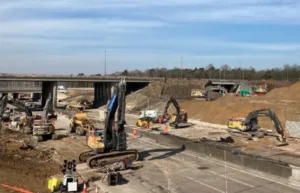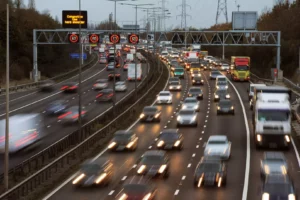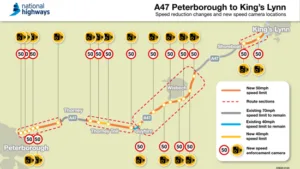National Highways plans to create two parks and a community woodland as part of the Lower Thames Crossing project, planting more than one million trees.
This is part of plans to limit the £8.2bn project’s impact on the environment, reports the BBC.
National Highways said it would work to create “green corridors” for wildlife to move from existing habitats to the new locations.
The organisation says the plans will aim to make it “the greenest road ever built in the UK”.
The proposals include public parks being created in Thurrock and Gravesham, a new community woodland in Brentwood, and other areas of native broadleaf trees and habitat creation, including grassland, hedgerows and ponds, from Maidstone to Upminster in the London Borough of Havering, said the BBC report.
The area of ancient woodland lost by construction of the 14-mile (23km) road has been reduced to less than 12 hectares, National Highways said.
While it accepts the habitat is “irreplaceable”, the organisation said its strategy will provide six times as much woodland as that lost.
Matt Palmer, executive director for the Lower Thames Crossing, said: “We have planned how we build it to not only reduce its impact, but leave a legacy of bigger, better-connected and well-managed habitats.”
National Highways said it will work with Natural England. Its Kent and Sussex manager Patrick McKernan said: “We continue to work with the project as it addresses the environmental challenges of the scheme to help ensure there is a strong outcome for the natural environment.”
Laura Blake, chair of the Thames Crossing Action Group, said: “You cannot talk about caring for the natural environment whilst proposing such a hugely destructive and harmful road project.”
The route, which has been in discussion for more than 10 years, is estimated to open in 2029 or 2030. An application for a Development Consent Order will be submitted later this year.



























